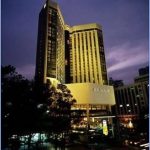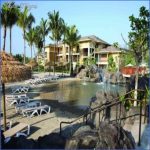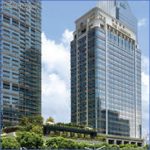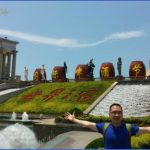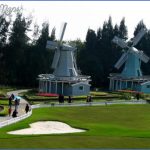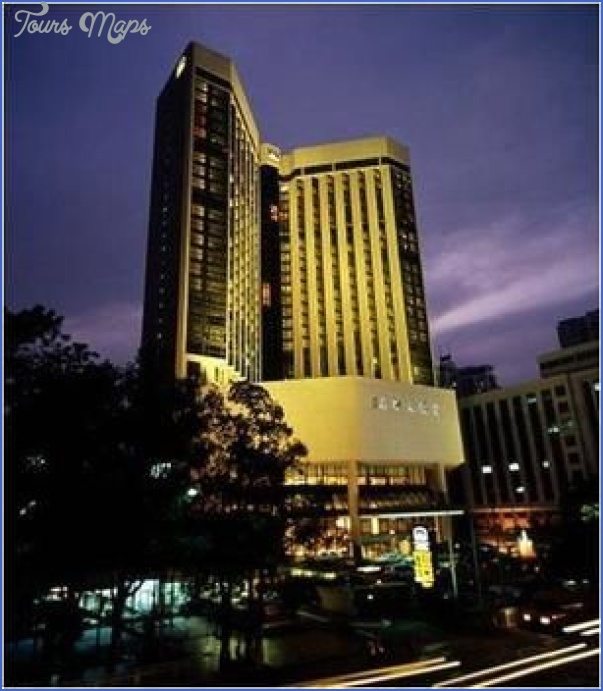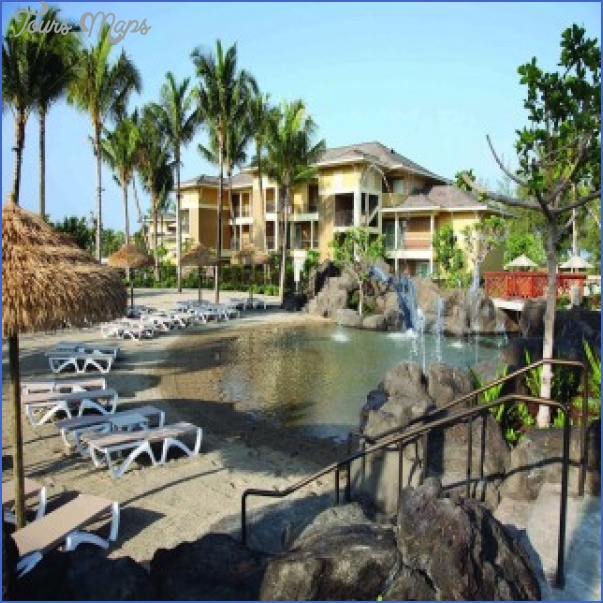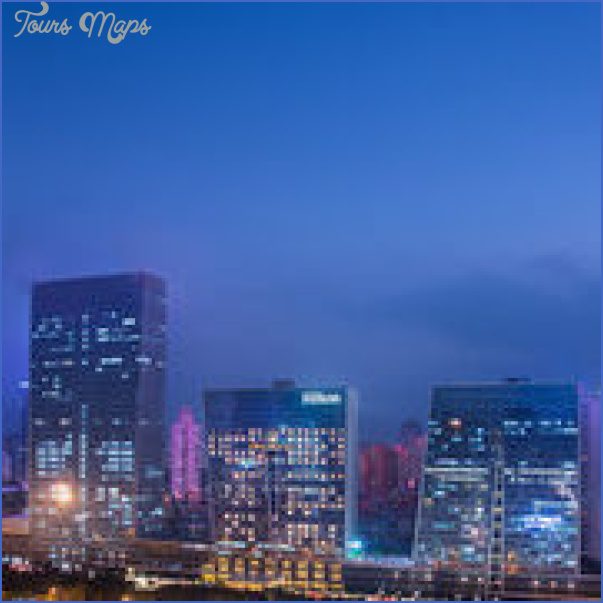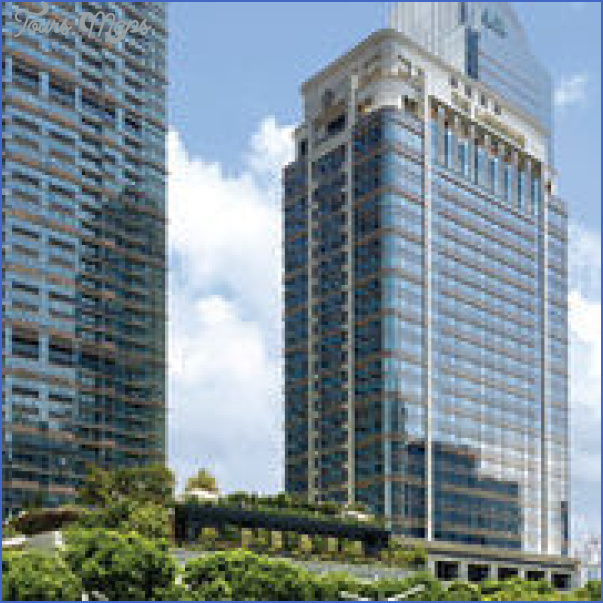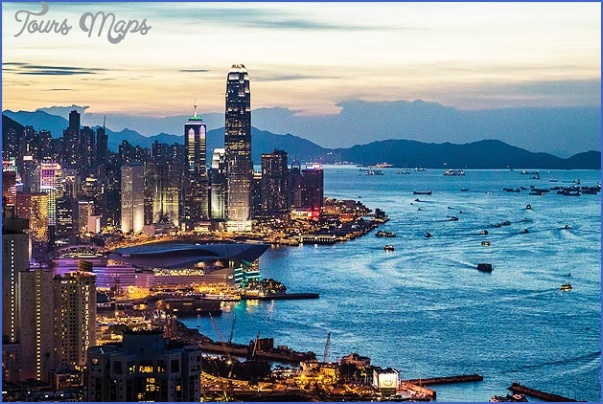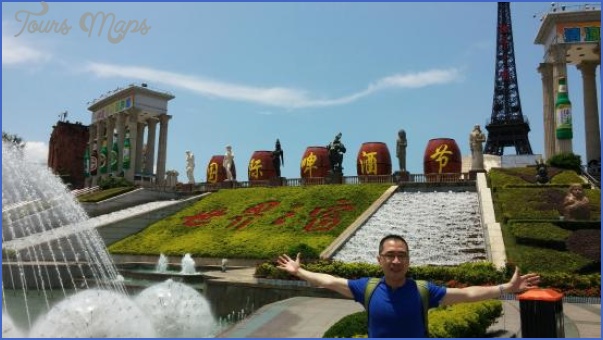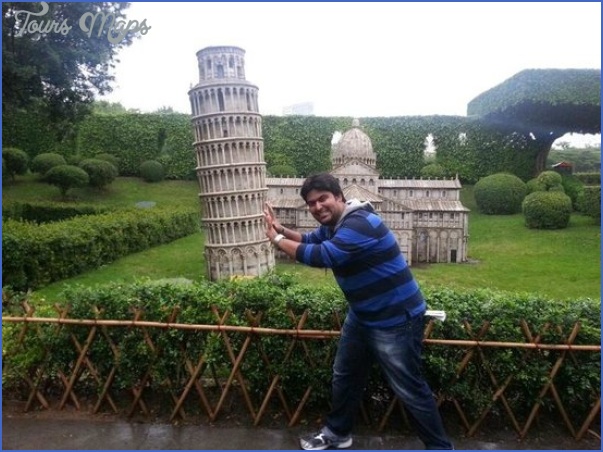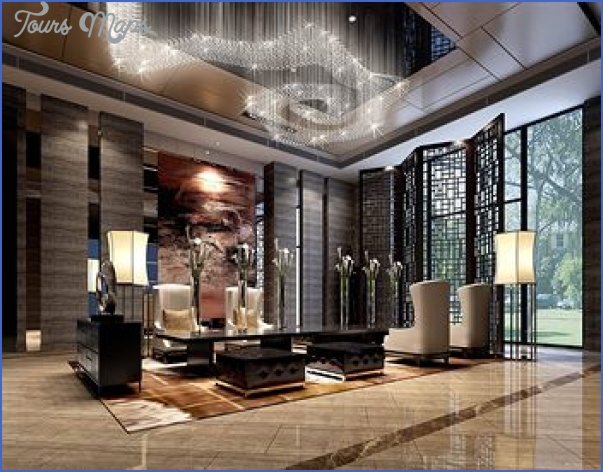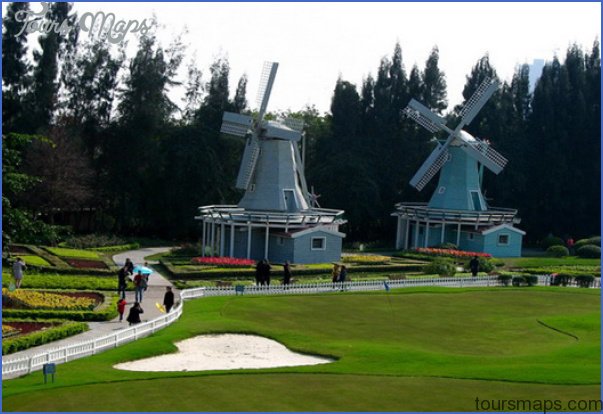SHENZHEN IN MODERN TIMES
But the Shenzhen area was never really at the centre of Chinese history. Especially after the Opium Wars it was a backwater, not even a blip in the brassy glamour of its booming southern neighbour, Hong Kong. When we first visited Shenzhen in 1975, there was nothing there. As you walked over the sleepers of the railway bridge from Lowu, all you could see was a utilitarian railway station and a set of shabby military barracks. A quarter of a mile to the right was the tiny village of Lowu, a typical Cantonese village unchanged for hundreds of years and to the north about a mile was Shenzhen village. The rest was paddy fields and, in the case of the more prosperous communes, water buffaloes. Most of the heavy lugging was done by hand. Rarely more than ten travellers crossed the border on the one occasion per day that this was allowed.
REFORM AND OPENING
The big change came in 1979. After the death of Mao Zedong in 1976, a struggle took place between the followers of Deng Xiaoping and those who, whilst not wishing to return to the chaos of the Cultural Revolution, favoured a more orthodox Communist approach to government and economic development. In 1977 Deng Xiaoping re-emerged from obscurity. He had been in political limbo since the great Tian’anmen riots of 1976. With his reappearance, the process of reform began.
Deng was by no means any sort of supremo in this process. Every step was gained only after intense struggle. The conservative left remained a strong force. Hua Guofeng, who had arranged Deng’s ouster in 1976, did not resign his posts in the party and government until 1980 and 1981 respectively and Deng himself never had any official government position although he maintained the immensely powerful position of Chairman of the Central Military Commission he always knew which gun-barrels political power grew out of. What Deng was about to propose was extremely radical stuff, which if we cut
through the cant of socialism with Chinese characteristics was bringing back a number of capitalistic practices such as had not been seen in China for thirty years.
To overcome some of these obstacles, Deng proposed experimenting in a limited geographical area. This practice subsequently became part of the basic arsenal of Chinese economic and social reform. Paradoxically he was aided in this by the nineteenth century practice of having concessions carved out of Chinese territory by colonial powers, areas where the laws and customs of China did not apply.
In April 1979 the establishment of four Special Economic Zones, namely Shenzhen, Zhuhai, Shantou and Xiamen were announced. It was no accident that two of the zones were attached to the final remaining Western colonies in China and that the other two had been Treaty Ports with strong connections to Overseas Chinese communities. Deng was consciously trying to emphasise the different nature of these places. He wanted to allay the suspicion that capitalism might someday spread from these places to the rest of China. At the same time he hoped to harness the business acumen and personal connections of Chinese in Hong Kong, Macau and South-East Asia.
We were every bit as sceptical about this as the next person. China watchers accused the Chinese government of bringing back the Treaty Ports. On several occasions in 1980 we travelled through Shenzhen by train and watched the empty gutters and muddy streets. An old tin shack had had the sign Shenzhen Holiday Inn painted roughly on it, a ridiculous concept at a time when there was only one foreign managed hotel in all China. It seemed to us that this could well be a sign of how things would develop.
But then events started to happen and to happen at an amazing pace.
Shenzhen Vacations Photo Gallery
Maybe You Like Them Too
- The Best Cities To Visit in The World
- World’s 10 Best Places To Visit
- Coolest Countries in the World to Visit
- Travel to Santorini, Greece
- Map of Barbados – Holiday in Barbados

